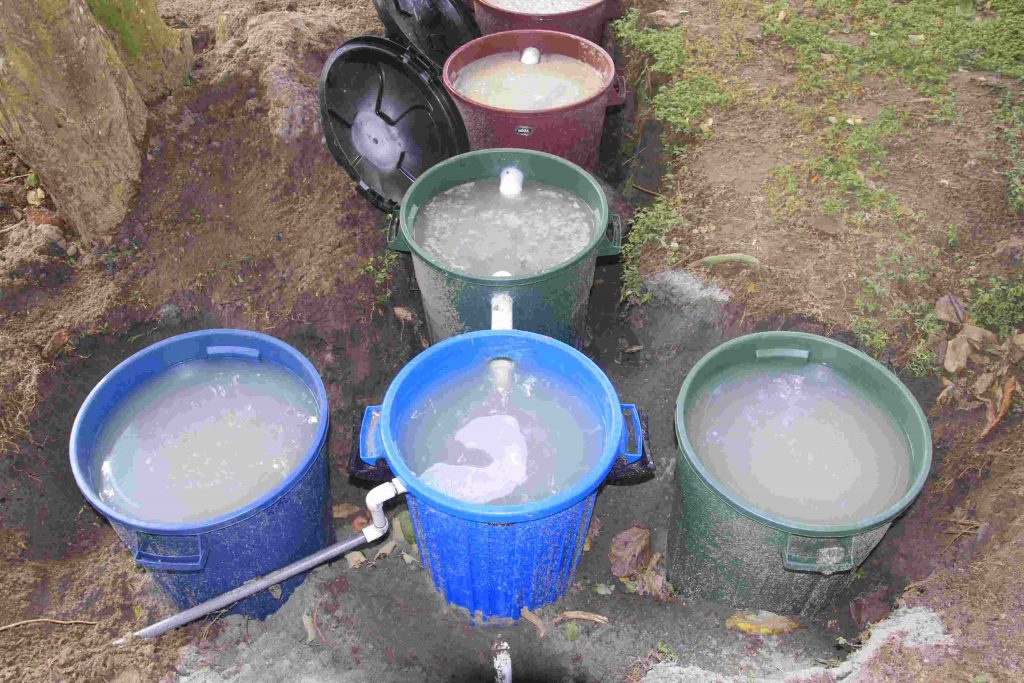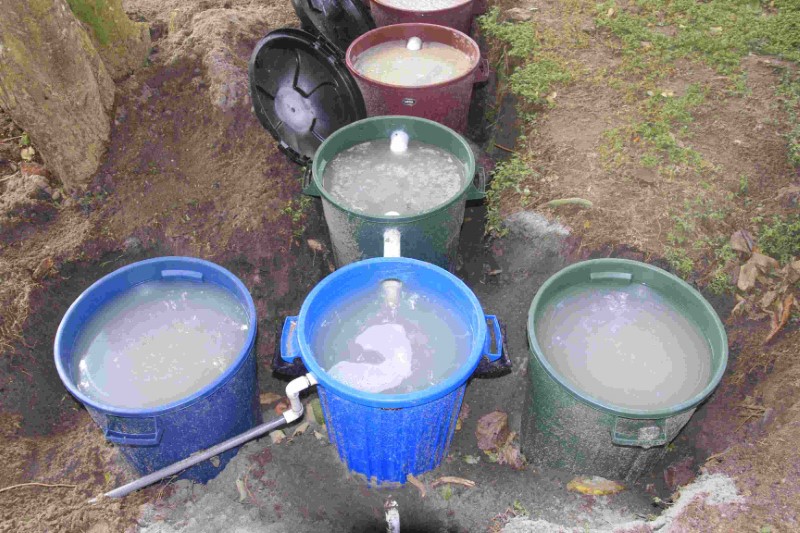
Many homeowners think of seepage pits as cesspools and cesspools as seepage pits. These two systems have different goals in treating the wastewater that your household produces. The seepage pit is like the cesspool when it is constructed. It also has a large pit that is lined with masonry block (porous) and concrete rings. It also has a bed of gravel surrounding it. The seepage pit accommodates the effluent that comes from the septic tank that you already have installed in your yard. The effluent is temporarily stored here until it slowly seeps into the surrounding soil. Biomat forms at the bottom of the seepage pit. The biomat stays here for a long time and becomes very thick. The biomat has a tendency to clog the surrounding walls of the seepage pit. They are not equally efficient in treating wastewater as your regular septic system.
- You can only use seepage pits in specific areas. The specifications for seepage pits are:
- At least 60 feet should be the distance of the groundwater underneath the seepage pit.
- The soil should be categorized as alluvial from the valley. This means that the soil carried to that particle area should be from the nearby mountain ranges by means of a natural body of water. Properties found close to mountains and hills are not ideal for seepage pits because the soil quality is not enough to filter and treat the effluent. This can be caused by slow filtration rate or elevated numbers of loose rock. If the property is near washes or riverbeds, the soil will be too loose to be for filtering the effluent thoroughly before it reaches the groundwater system.
As you know, your seepage pit helps the septic system do its job thoroughly. It helps your existing septic system or cesspit treat the effluent. It is important for both your cesspit and septic system to function without any problems so that you could have a smooth wastewater treatment process in your property. If they clog together with your seepage pit, you will inevitably have problems in your property. A responsible homeowner makes sure that there is no clogging that takes place. Clogging may ensue because of plastic in the laundry water. Septics that accommodate laundry water have no greywater systems. It is common for fabrics to have plastic in them. It helps the garments become more flexible and form fitting. Plastic is composed of both biodegradable and non-biodegradable materials. Most are non-biodegradables that cannot be broken down by the anaerobic bacteria in the tank. This makes it problematic for the system since the non-biodegradables stay in the tank or get pushed into the drain field. These plastic components may be minute but once they accumulate, they will clog the flow. Once the plastic particles in the laundry water make it into the seepage pit, the perforated walls will be clogged. The effluent will not be completely treated and distributed to the surrounding area.
You should know how plastics and nylons from laundry water can wreak havoc in a seepage pit. It you have a seepage pit for your septic system, you have to make sure that plastics and nylons do not make it in there or you will have issues to deal with that may be require costly replacements or repairs.
